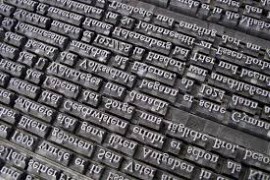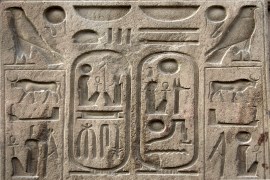Livre | Chapitre
Riemann surfaces
pp. 182-197
Résumé
While still aPrivatdozentat the University of Göttingen during the winter of 19111912, Weyl lectured on Riemann's theory of algebraic functions. A year later, he published the essential content of these lectures in his first bookDie Idee der Riernannschen Fläche(Weyl 1913a). Prior to this work, only the approach due to Weierstrass based on the analytic continuation of power series (function elements) was held to be rigorous; however, the view of a function as a collection of power series leaves much to be desired. As Weyl (1913a, 2 edn, 1951, p. 5) noted, "When one talks of or logzone hardly envisages the totality of power series which represent pieces of these many-valued functions." It is not readily apparent, for example, whether two given power series are or are not related by analytic continuation. Riemann had provided a global perspective, but his treatment lacked rigour. Weyl succeeded in providing a rigorous foundation for Riemann's ideas. The result was a paradigm for future mathematical thought.
Détails de la publication
Publié dans:
Scholz Erhard (2001) Hermann Weyl's "Raum — Zeit — Materie" and a general introduction to his scientific work. Basel, Birkhäuser.
Pages: 182-197
DOI: 10.1007/978-3-0348-8278-1_7
Citation complète:
Scholz Erhard, 2001, Riemann surfaces. In E. Scholz (ed.) Hermann Weyl's "Raum — Zeit — Materie" and a general introduction to his scientific work (182-197). Basel, Birkhäuser.










